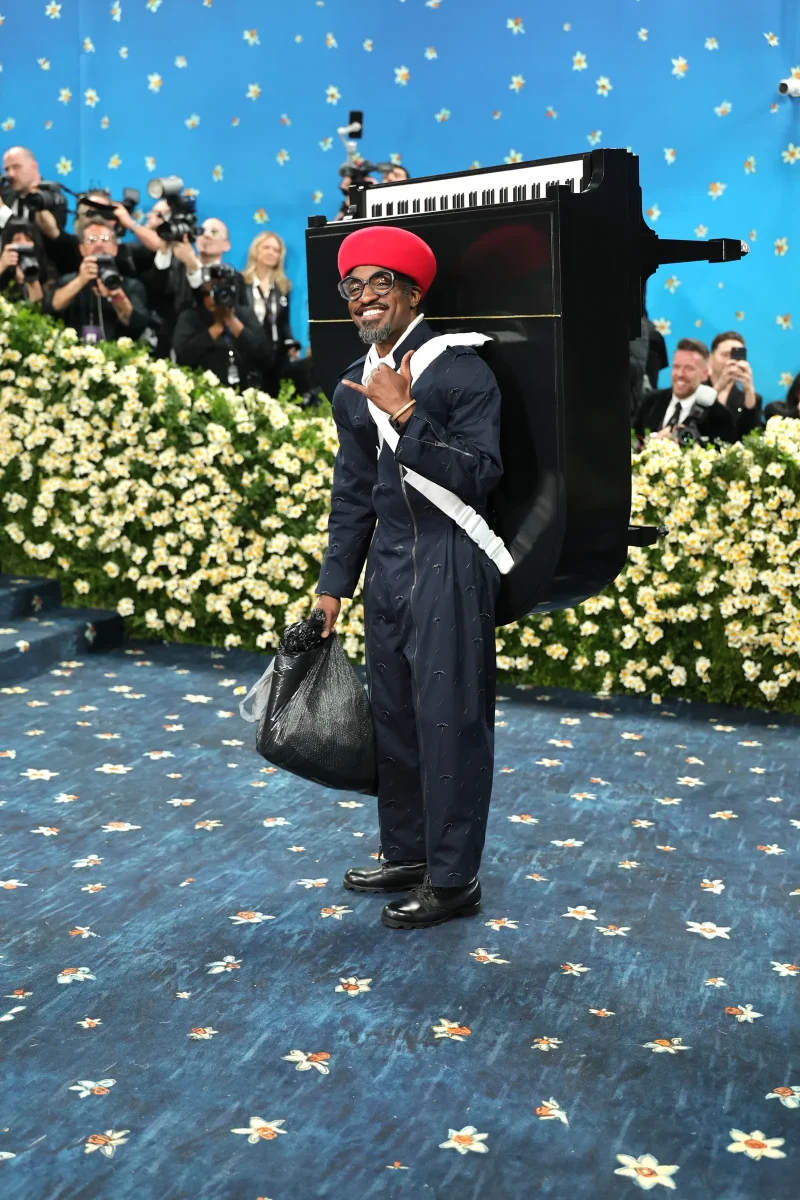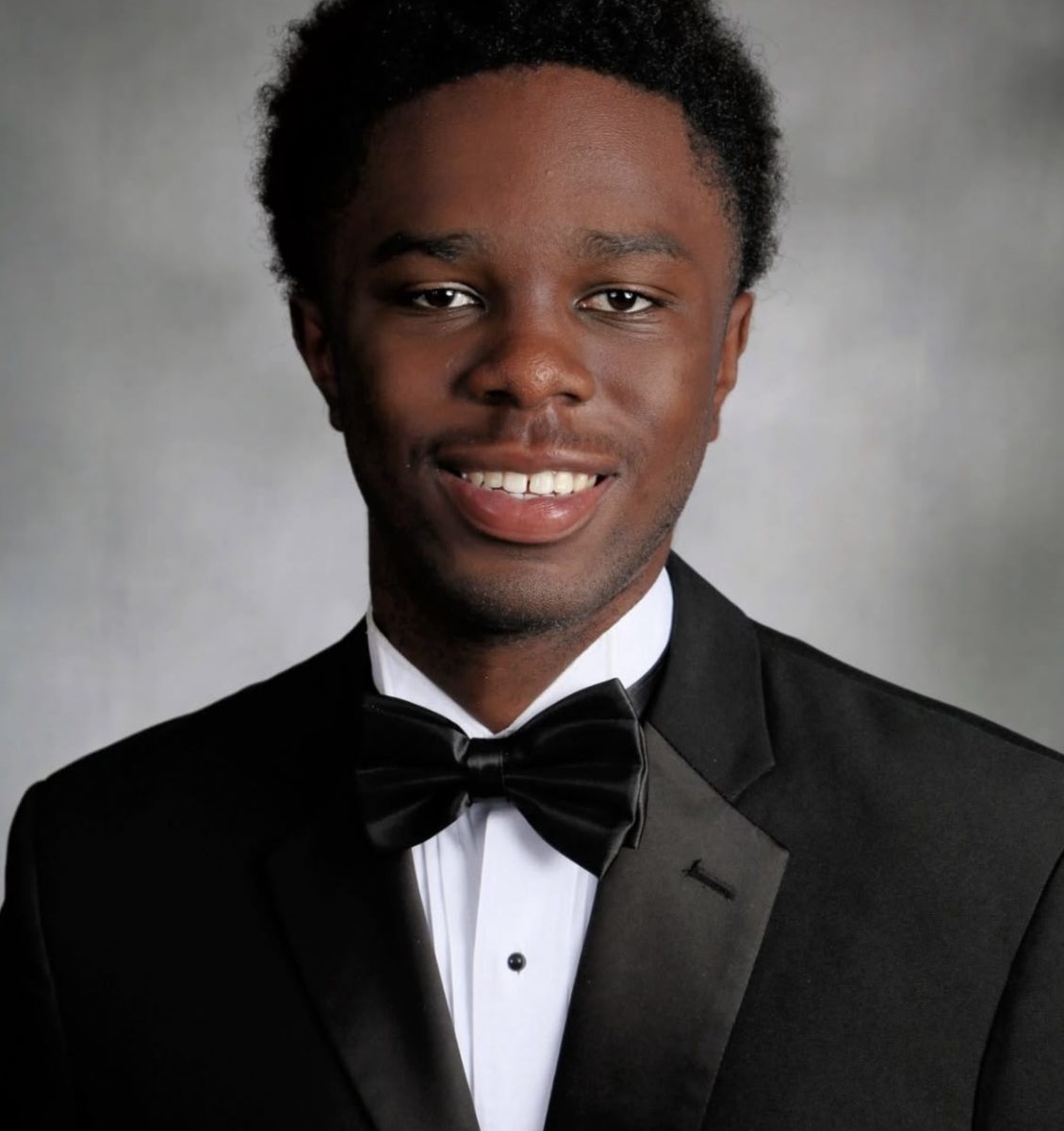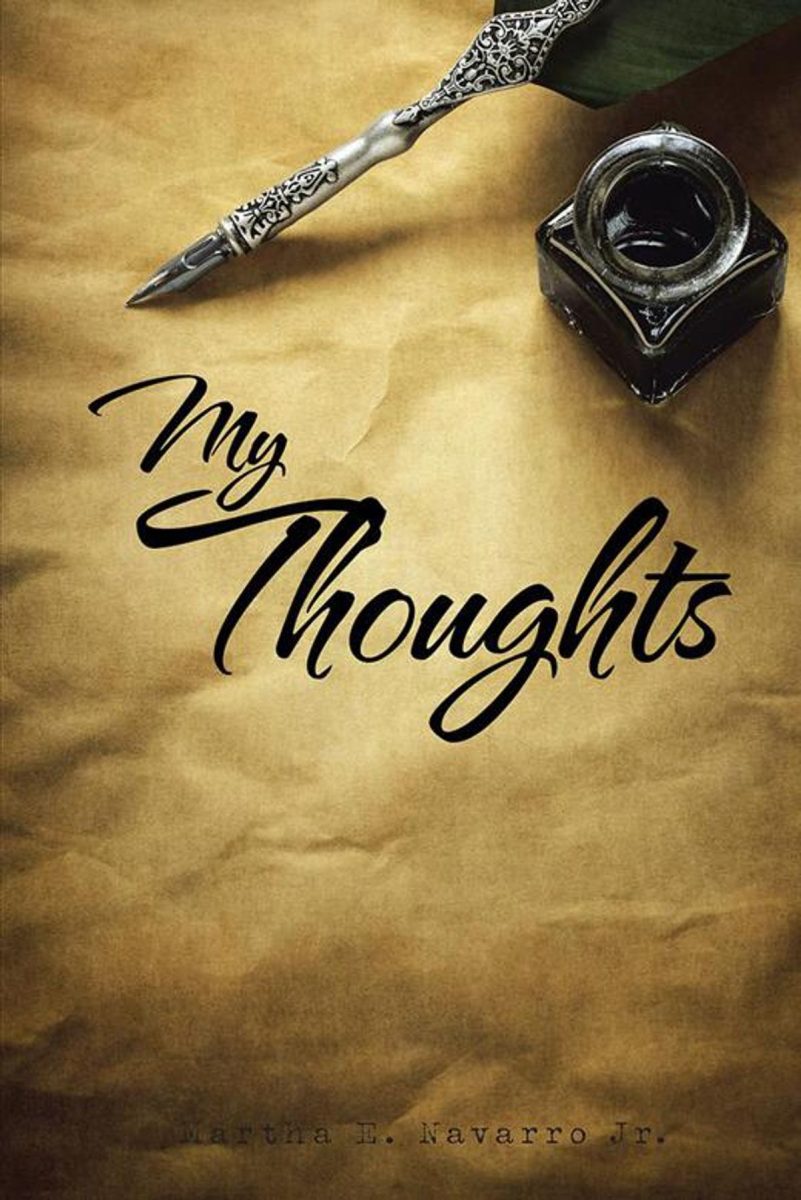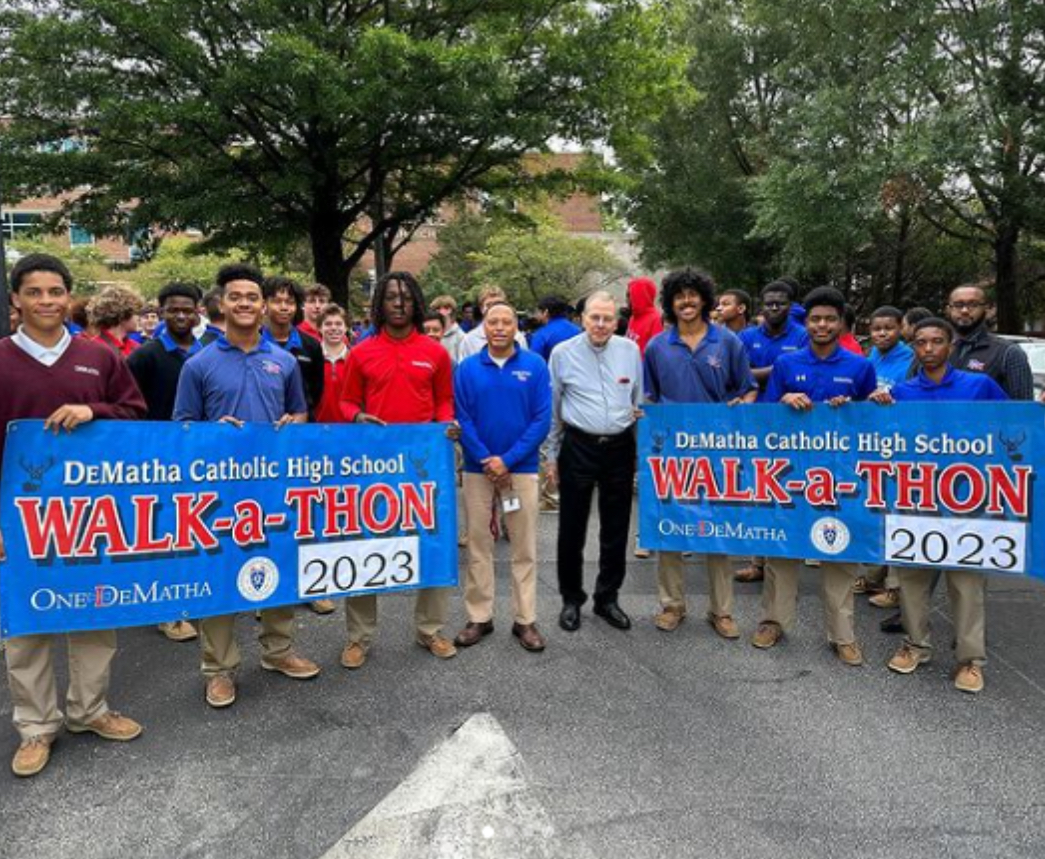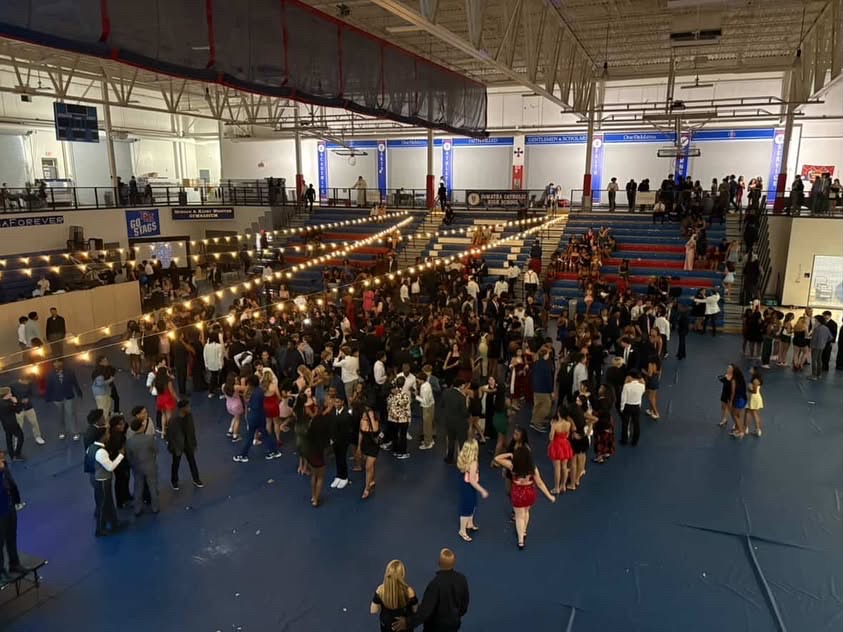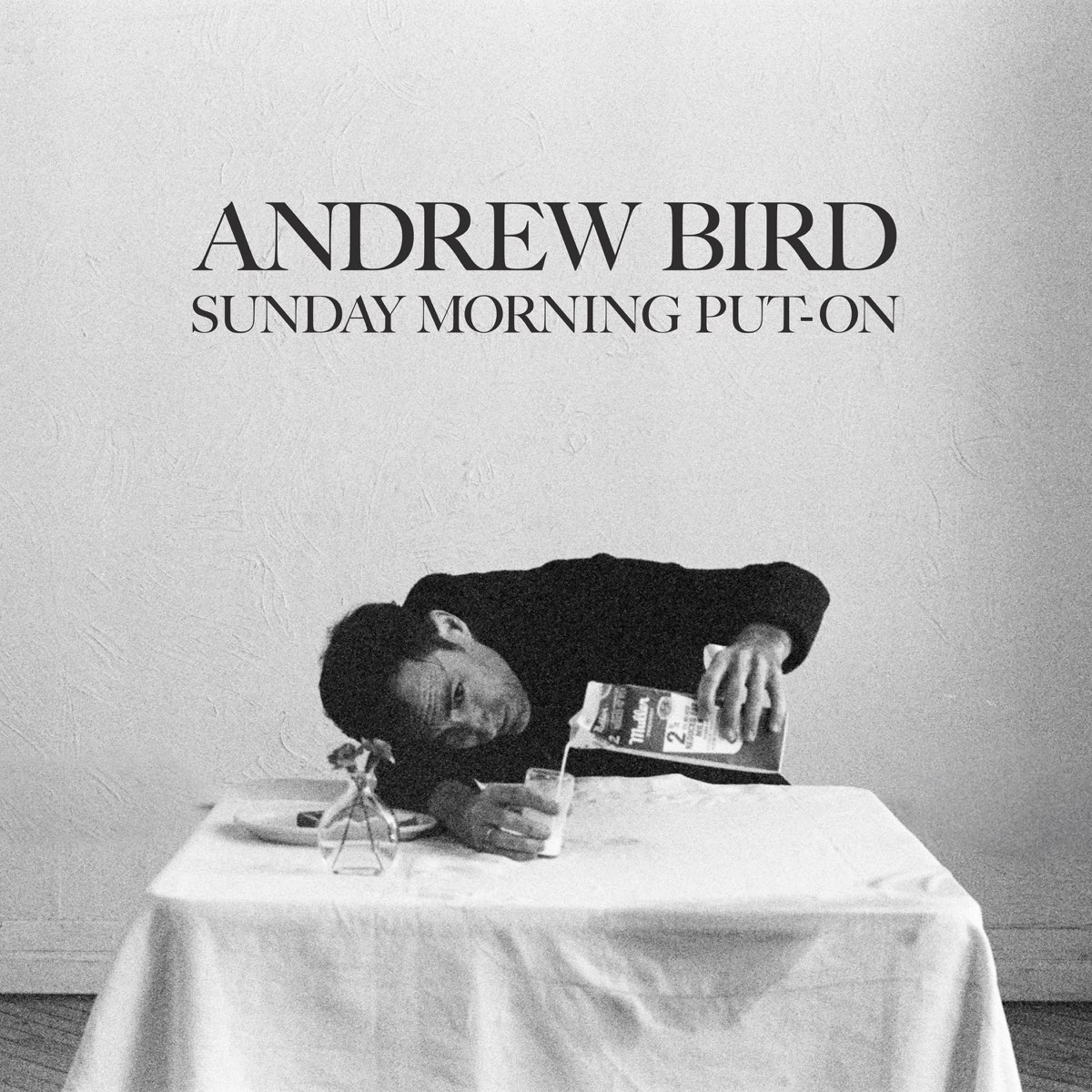On the street of Steenweg in the Dutch city of Utrecht lies a seemingly plain building. However, inside the building’s unassuming exterior is a lively, vibrant place filled with wondrous mechanical musical instruments: the Speelklok Museum.
Though the Speelklok Museum is home to a variety of mechanical musical instruments, it was named after musical clocks (“Speelklok” means “musical clock” in Dutch), which were some of the earliest mechanical musical instruments. The oldest (and largest) musical clock in the museum is a carillon that was built between 1550 and 1600. Carillons were bell towers that would let people know what time it was by ringing every 15 minutes. At the beginning of each hour, the carillons would ring a certain number of times depending on what time it was. This carillon can be played mechanically through the use of a cylindrical drum containing several pins, and the pins trigger hammers that ring the bells. However, it can also be played manually, as demonstrated by Martin Molin (a musician/engineer and a member of the band Wintergatan whose musical contraption the Marble Machine was on display in the museum during the summer of 2017), who improvised a piece of music on it.
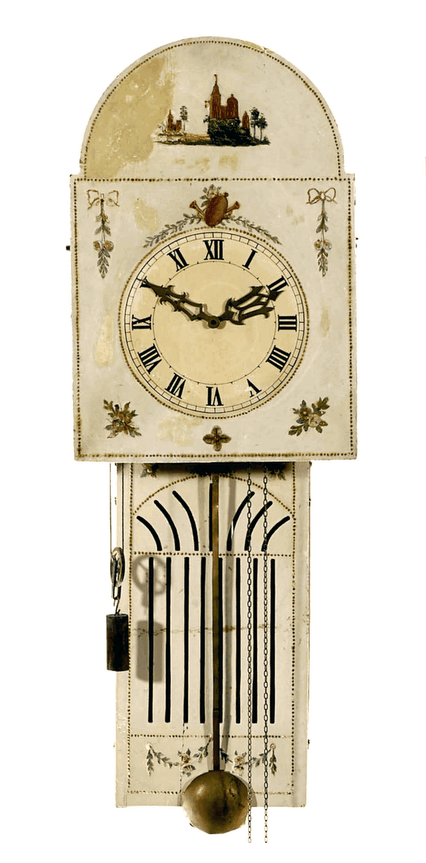

In addition to carillons, which could be heard by all, those with enough money could buy smaller musical clocks to display inside their homes for their personal enjoyment and as status symbols. There were three types of musical clocks: organ clocks, dulcimer clocks, and bell clocks. Organ clocks had organ pipes in them, and would feature ornate images crafted by expert artisans. These clocks were very expensive and extremely popular in the 1700s–composers such as Mozart and Haydn even wrote pieces of music specifically for the clocks. In contrast, dulcimer clocks used mechanisms that triggered strings, and were rarer, possibly because they could easily become out of tune.
Bell clocks, the third type of musical clock, had a mechanism similar to that of the carillon, just on a smaller scale. One example of a bell clock is a table clock made by Allin Walker around 1750. Walker was an English clock maker, but he traveled to the Netherlands to build his clocks, since the rules for making clocks weren’t as severe there as they were in England. Clocks with bells, such as Walker’s, were more affordable than organ clocks, but nonetheless indicated that the clock’s owner was somewhat wealthy.
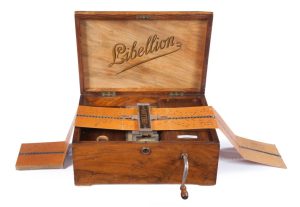
Near the end of the 18th century, however, the musical toothed comb was invented, which made it easier to make smaller musical clocks, and enabled the rise of a new instrument: the cylinder music box. As the musical toothed comb was more compact than the previous mechanisms used in musical clocks, instruments that used the comb were cheaper, enabling those that didn’t have quite enough money to buy a musical clock to still enjoy mechanically produced music from the comfort of their homes. In addition to the cylinder music box, some larger music boxes, called disc musical boxes, used discs with pins in them to trigger notes instead of cylinders, which allowed people to listen to multiple songs on the same music box. Disc musical boxes were invented in the late 1800s. Finally, a third variant of the music box used a “book” of folded cardboard strips that had holes punched in them to trigger the musical toothed comb’s notes, although these music boxes were uncommon and very fragile.
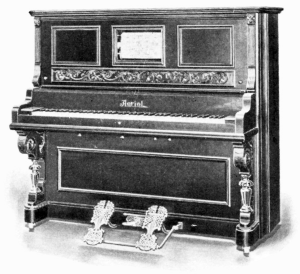
The wealthy were not only able to purchase musical clocks, but they could also buy player pianos and automata. Some player pianos, called pianolas, would have to be played by the feet, while others, called reproducing player pianos, would play back a piece that had already been performed, enabling people to listen to composers such as Prokofiev, Debussy, and Gershwin play their own pieces.
Automata, on the other hand, were mechanical scenes or figures, such as a shy rabbit in a cabbage, a painter, or an acrobat, that would come to life. Most of the automatons that also played music were figures made in the late 1800s that utilized a cylindrical music box to produce music. Le Marais, a district of Paris, was where many of these automata were created, including the rabbit in a cabbage shown below.
While musical clocks, music boxes, player pianos, and automata were too expensive to be purchased by the working class, they could still hear mechanical instruments by listening to barrel organs (instruments that used organ pipes of different sizes, and, in the case of the larger organs, different shapes to create different sounds) that were played on the street. Larger organs would have wheels on them, while smaller barrel organs, such as the one in the video below, were called “belly organs,” because they would be worn on the belly of one of the “organ grinders” (a person involved in playing the organ or trying to get money from people nearby) while being transported. Organ grinders worked in pairs: while one organ grinder would crank the organ, the other organ grinder would try to collect money from the people in the streets. At first, these instruments were tedious to operate, due to the heavy and expensive cylinders on which the music was programmed. However, when Italian organ maker Anselmo Gavioli invented the organ book (a series of folded cardboard strips similar to those used in the book musical box) in 1892, operating an organ became a much easier experience.
In addition to the barrel organs designed for street performances, there were also dance organs (barrel organs meant to be used in dance halls), which people could request songs from for free, and barrel organs that were made for fairgrounds, known as fairground organs. Early fairground organs used a cylinder mechanism, while later fairground organs utilized organ books. Both of these types of barrel organs were significantly larger than street organs.
One organ in the museum, known as “De Schuyt,” was originally a dance organ made by the Mortier company in 1913 (the same company that made the “Mortier” dance organ in the second video below), but was expanded and turned into a fairground organ in 1929 by Carl Frei Sr. and Jr. After the organ became part of Museum Speelklok’s collection, it was augmented with a MIDI (Musical Instrument Digital Interface) system, which enables museum staff to program the organ’s music digitally and adds modern songs to the organ’s repertoire.
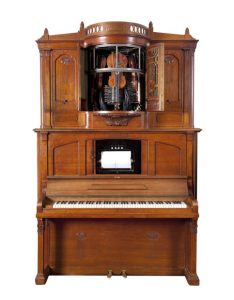

Instead of dance organs, some dance halls and cafes would have an orchestrion– an instrument that played multiple instruments mechanically, as its purpose was to replace an orchestra. The instrumentation of orchestrations varied–some would include a piano, organ pipes, and percussion instruments, others would showcase a musical toothed comb alongside other instruments, and the Phonoliszt Violina played a piano and three violins.
The Speelklok Museum also showcases a variety of exhibitions. Currently, the exhibition on view is Make it Work, which explores sustainability in mechanical musical instruments, and features a few contemporary mechanical instruments, such as the Porcelain Piano.
If you ever find yourself in Amsterdam, I recommend taking a side trip to Utrecht, which is only a 30 minute train ride away, where you can see the wonders of this extraordinary museum for yourself!




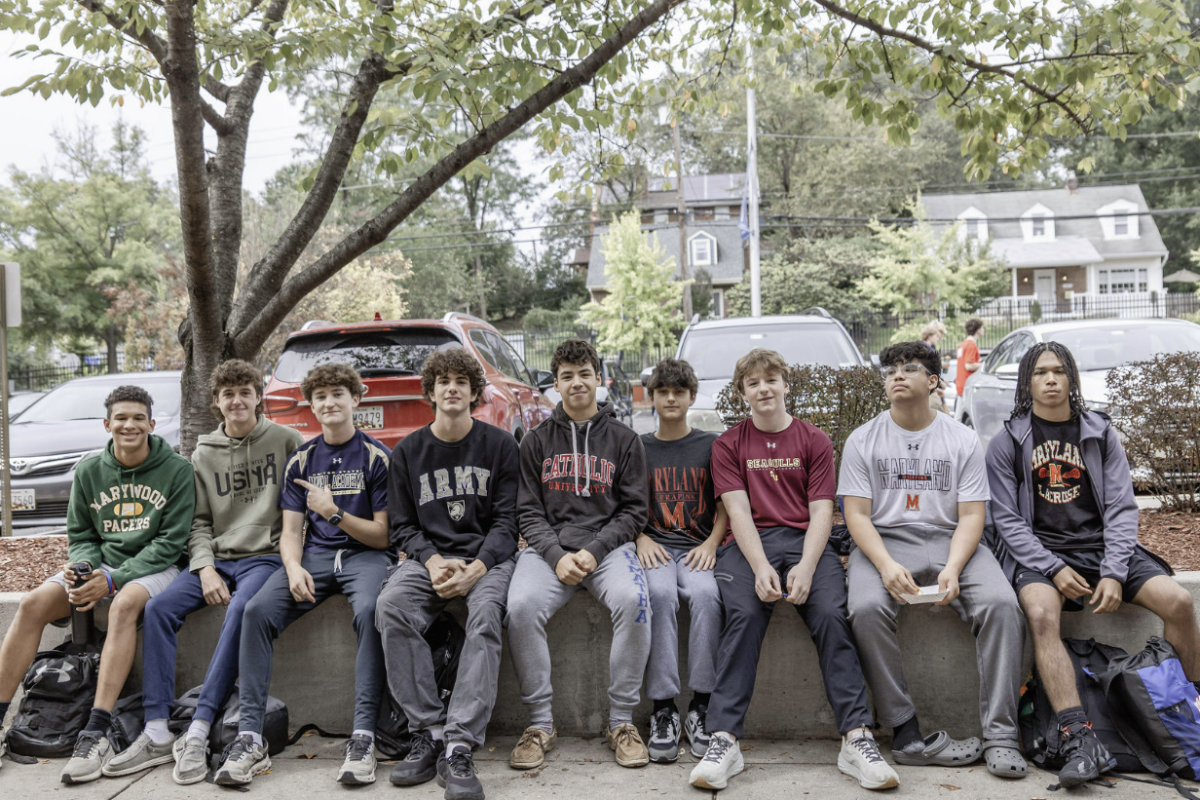

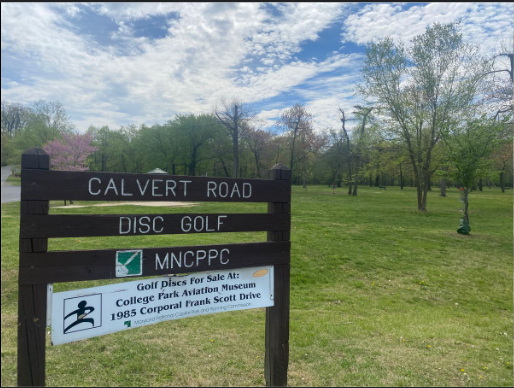

![Washington Catholic Athletic Conference. [WCAC photo library] 2025, October, 18. wcacsports.com.](https://demathastagline.com/wp-content/uploads/2025/10/Screenshot-2025-10-16-8.29.25-AM.png)

